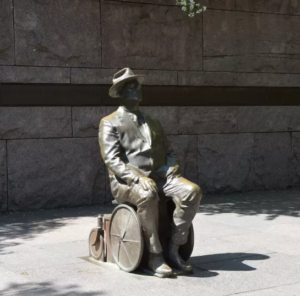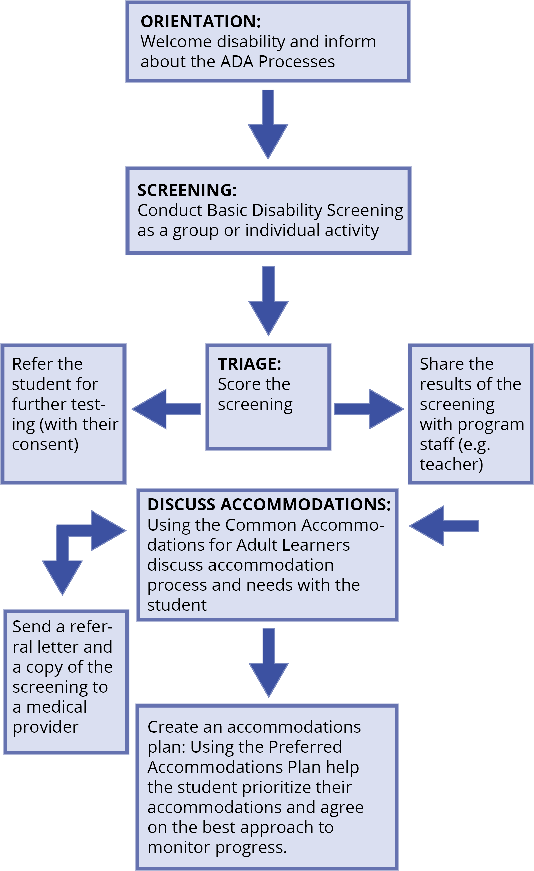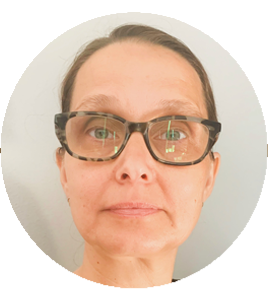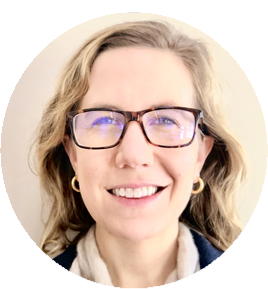How to Create a Disability-Inclusive Adult Education Program

by Dr. Andjela H. Kaur & Dani Scherer
Research on the best practices for accommodated teaching, learning, and testing in adult education is scarce and its findings inconclusive. But, the research on inclusive education provides a broad source of information on strategies used by adult educators who accommodate learners with disabilities. Over the past several years, the SABES Program Support Professional Development Center in Massachusetts has used the available research and combined it with knowledge from adult educators to create the Basic Disability Screening for Adult Education (BDSAE). BDSAE is an open resource that contains practical tools and approaches that help adult educators increase inclusion and effective support of persons with disabilities in their programs.
We introduced BDSAE to adult educators in a workshop where they had a chance to try out the tools. Afterwards, we asked for some reflections on what the BDSAE would help them do. Responses included:
- “Help students become aware of what works best for them.”
- “Refer students out to services we might not be able to offer.”
- “Use a “real” tool to help students with what they need.”
- “Screen students and provide accommodations.”
A Shift in our Thinking
While we created BDSAE to respond to the needs of educators and reflect practitioner experience, our approach draws on literature from disability studies—a field that encompasses voices from disability scholars and activists alike. From this literature, we have learned that disability experience is both shared by all disabled people and also unique to each person with a disability. Programs can address the commonality of the experience by creating an atmosphere of respect and acceptance of disability diversity, as well as through adherence to disability and rehabilitation laws. We can create disability-inclusive programs by designing disability-conscious environments and activities at all levels of program delivery: by creating disability-inclusive organizational culture, by infusing Universal Design for Learning in the instruction, and by providing easy access to accommodations for all learners.
Creating a Disability-Inclusive Program

Perhaps the most important starting point in designing a disability-inclusive program is the inclusion and promotion of disability culture in all aspects of programming. When an agency’s culture reflects respect and recognition of disability culture, students and staff with disabilities will more likely feel accepted and valued. One simple way to signal a program’s welcoming message is to display art made by disabled artists or interpreting disability experience, or showing famous disabled people.
We asked educators about their takeaways on the ideas of being disability inclusive through a cultural shift and they said:
- “It’s about creating a different lens.”
- “I plan to implement additional disability-related community building opportunities.”
- “The history of disability is very important and I would not have thought of that before.”
In addition to increasing disability visibility, a program may choose to assess its own Americans with Disabilities Act (ADA) readiness. Using the Basic Accessibility Checklist for ADA Coordinators and Administrators tool (pp. 19–20), programs may begin to evaluate ADA compliance and disability-conscious program administration as well as assess an organization’s current preparedness to welcome disabled adult students into their program(s).
Suggested Steps for Addressing Individual Student Needs
In addition to creating the culture of belonging and acceptance, and establishing the basic ADA compliance, program staff can also increase inclusion of persons with disabilities in adult education through collaborating with each student with disabilities to develop accommodated teaching and learning plans. The BDSAE contains several forms to help guide the process of increasing disability-inclusive programming. The process may be carried out by instructors, advisors, or ADA coordinators in collaboration with the learner. It consists of three steps to be completed in tandem with students individually or as a group activity.
- Use the Brief Basic Disability Screening form (pp. 11–12) to start the conversation about disabilities, barriers, and facilitators of learning. If the screening indicates that the student has difficulties accomplishing many of the tasks that the screening addresses, refer the student for further testing. The Brief Basic Disability Screening is designed to help providers and students begin the conversation about a student’s desire and need for required professional assessments and accommodations.
- Use the list in the Common Accommodations for Adult Learning form (pp. 14–16) to identify possible accommodations for the learner. The Common Accommodations for Adult Learning form contains prevalent accommodations for adult learners, which you can use to inform your discussion with students about their past and present accommodation needs. Feel free to add items to this list based on your experience and knowledge of accommodating strategies for teaching and learning.
- Use the Preferred Accommodations Plan form (p. 18) to summarize preferred accommodations for teaching and learning. The learner may (or may not) choose to share this plan with relevant program staff. The Preferred Accommodations Plan is a form you may choose to record students’ accommodation priorities and monitor the implementation of their accommodation plan.
What’s Next?
BDSAE is created to address the historical and contemporary fact—people with disabilities are a part of adult education systems and programs. They join adult education programs as students, instructors, and staff. As educators and builders of a more equitable world, we must accept this fact as an opportunity to design adult education programs with a strong commitment to disability inclusion.
To continue to work on increasing disability inclusion in your program, we suggest the following introductory steps based on BDSAE.
1. Explore BDSAE.
2. Try out a screening on yourself or a colleague and reflect on it.
3. Share BDSAE with friends and colleagues
4. Discuss BDSAE at a staff meeting.
5. Raise questions that make sense for you and your program. For example:
a. What do we want to try out from this approach?
b. Which tools do we want to use?
c. How would we adapt these tools?
d. What resources, support, and guidance from leadership do we need to continue this work?
Brief Basic Disability Screening Process for Adult Learning Flowchart (p. 7)

 Andjela H. Kaur (she/they) is an academic-practitioner who has been working in the field of human services, vocational rehabilitation, and higher education for more than two decades. She has worked in adult education and community mental health settings as a teacher, vocational counselor, program manager, and ADA coordinator. Currently, Andjela works as an Assistant Teaching Professor at The Pennsylvania State University where she teaches undergraduate and graduate courses in rehabilitation counseling, human services and disability studies. Andjela holds a doctorate in global inclusion and social development and is a certified rehabilitation counselor (CRC).
Andjela H. Kaur (she/they) is an academic-practitioner who has been working in the field of human services, vocational rehabilitation, and higher education for more than two decades. She has worked in adult education and community mental health settings as a teacher, vocational counselor, program manager, and ADA coordinator. Currently, Andjela works as an Assistant Teaching Professor at The Pennsylvania State University where she teaches undergraduate and graduate courses in rehabilitation counseling, human services and disability studies. Andjela holds a doctorate in global inclusion and social development and is a certified rehabilitation counselor (CRC).
 Dani Scherer is a technical advisor at World Education, Inc., specializing in career pathways, navigating and advising, and immigrant integration for adult education programs. As a member of the SABES Program Support PD Center team at World Education, Dani leads the design and delivery of professional development related to career pathways, integrated education and training, career navigation, and ADA resources and support for adult educators in Massachusetts. Nationally, she provides technical assistance and subject matter expertise for Integrated Education and Training (IET) and immigrant integration projects. Dani holds an M.Ed. degree in teacher education and curriculum studies from the University of Massachusetts at Amherst.
Dani Scherer is a technical advisor at World Education, Inc., specializing in career pathways, navigating and advising, and immigrant integration for adult education programs. As a member of the SABES Program Support PD Center team at World Education, Dani leads the design and delivery of professional development related to career pathways, integrated education and training, career navigation, and ADA resources and support for adult educators in Massachusetts. Nationally, she provides technical assistance and subject matter expertise for Integrated Education and Training (IET) and immigrant integration projects. Dani holds an M.Ed. degree in teacher education and curriculum studies from the University of Massachusetts at Amherst.